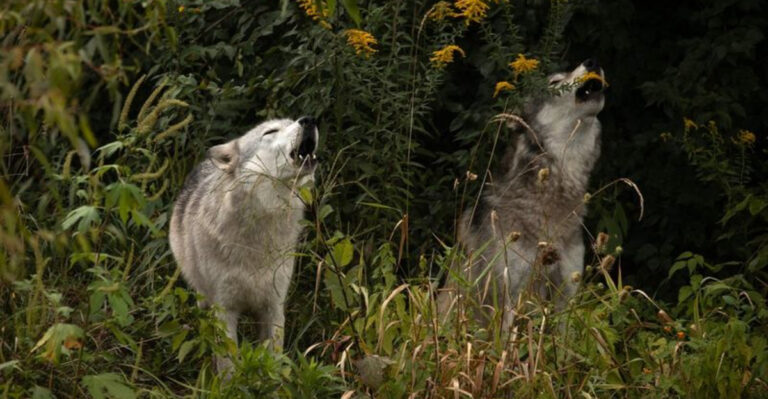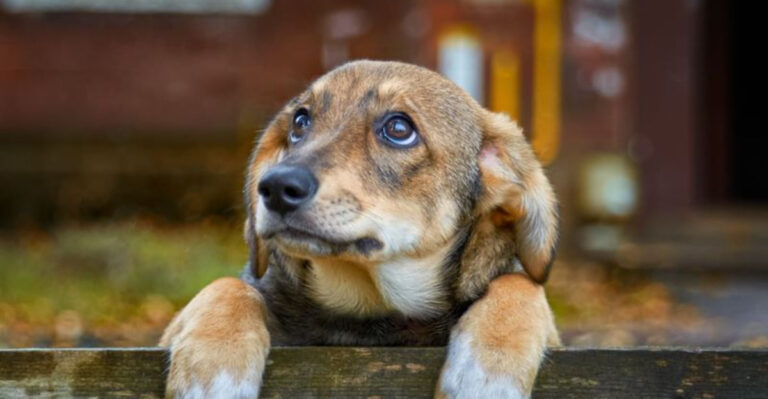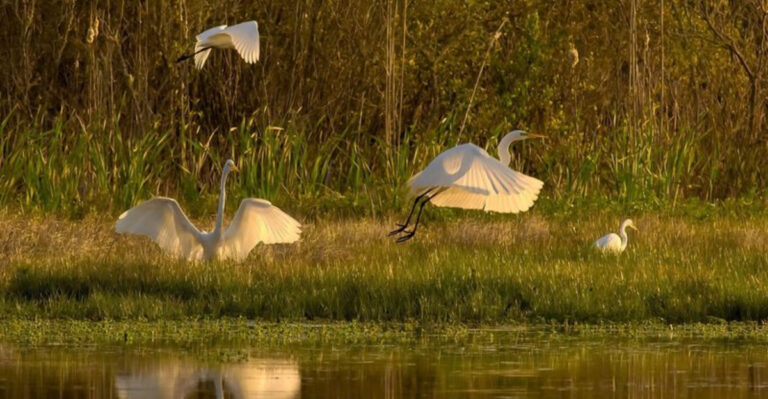14 Caribou Herds That Cross International Borders Every Year
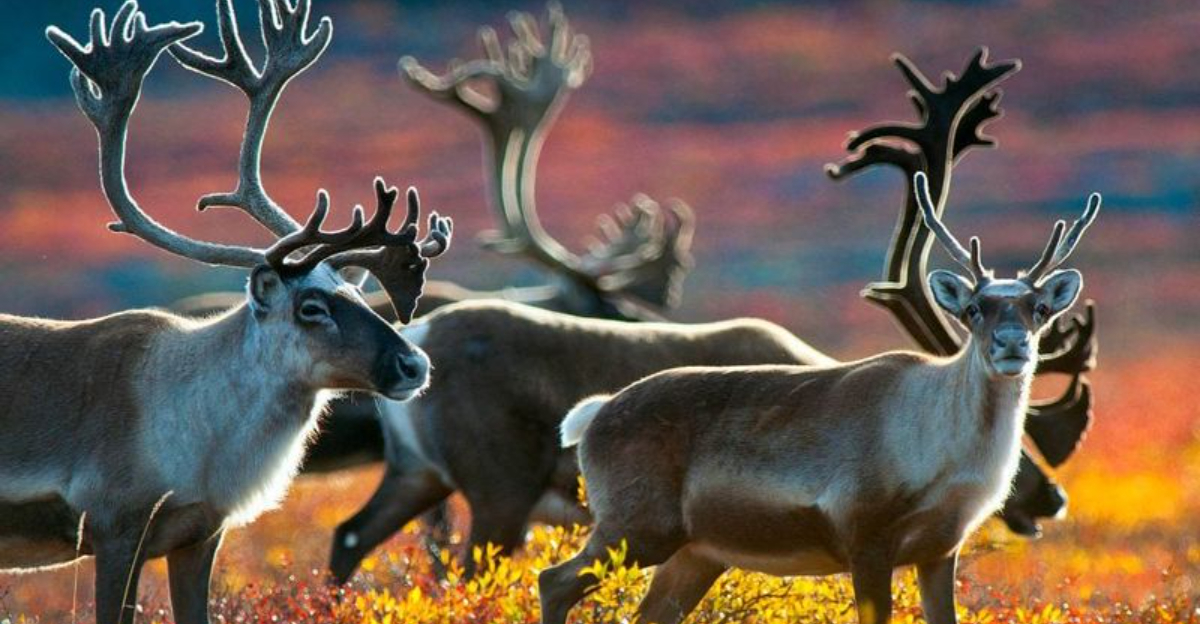
Caribou are remarkable travelers, embarking on epic journeys that span thousands of miles across North America. These magnificent animals don’t recognize human-drawn borders, following ancient migration routes that take them across national boundaries in search of food and safe calving grounds.
Their annual migrations represent one of nature’s most impressive spectacles, linking ecosystems and cultures across vast northern landscapes.
1. Porcupine Caribou Herd
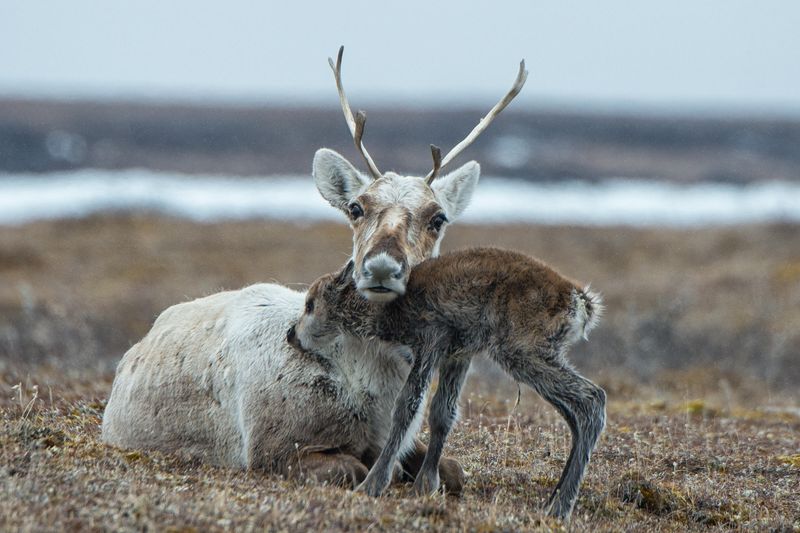
Named after the Porcupine River that flows through their range, these caribou undertake one of the longest land migrations on Earth. Their 1,500-mile journey between Alaska and Canada has occurred for thousands of years.
Indigenous communities along the migration route depend on these caribou for subsistence and cultural practices. Conservation efforts focus on protecting their critical calving grounds from oil development.
2. Bathurst Caribou Herd
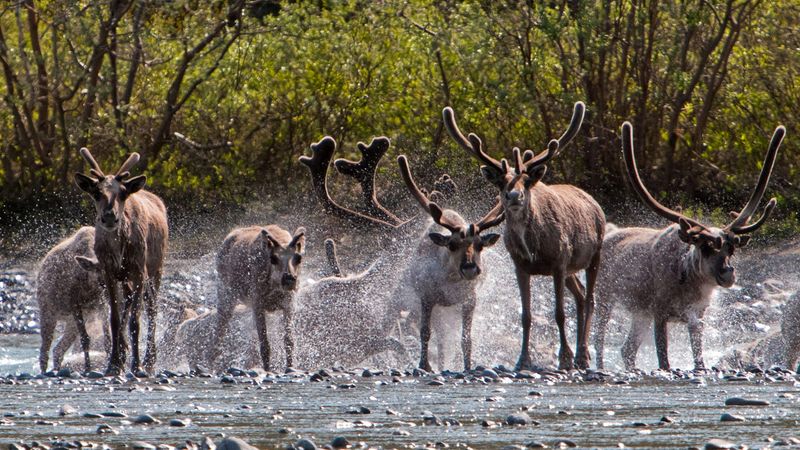
Once numbering over 450,000 animals, this herd has faced dramatic population declines in recent decades. Their range spans boreal forests and tundra across the Canadian territories, with seasonal movements dictated by food availability and predator avoidance.
Mining developments and climate change pose significant challenges to their traditional migration patterns. Indigenous knowledge plays a crucial role in monitoring this herd.
3. Bluenose-East Caribou Herd
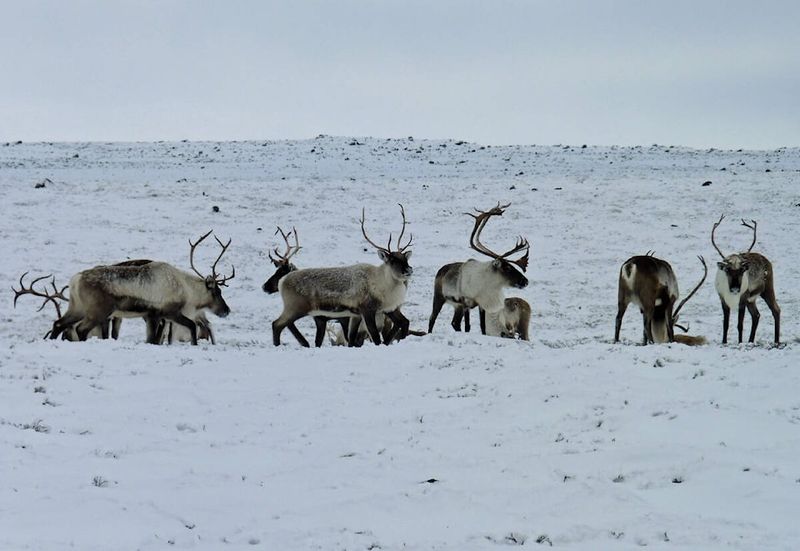
Roaming the central Arctic tundra, these caribou are named for their proximity to Bluenose Lake. Winter finds them sheltering in the boreal forests before they journey north for spring calving.
Satellite tracking collars help scientists monitor their movements across vast territories. Traditional ecological knowledge from Dene and Inuit communities contributes valuable insights about changes in migration timing and routes over generations.
4. Bluenose-West Caribou Herd
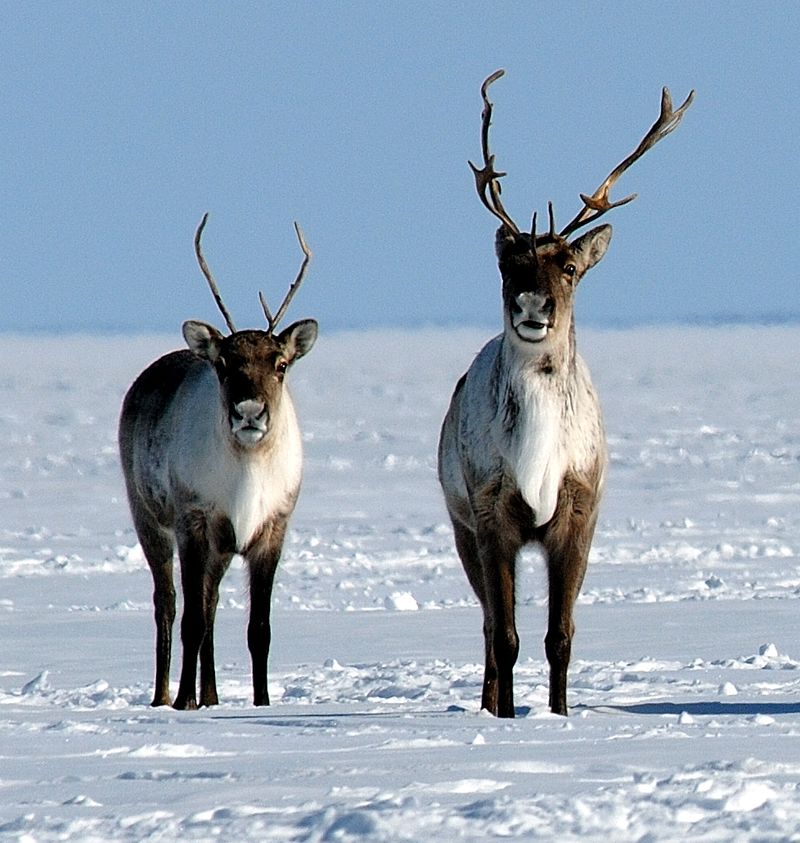
Distinguished by their westerly migration route, these caribou navigate challenging terrain between wintering grounds in the forests and summer ranges on the tundra. Females lead the spring migration, racing to reach calving grounds while still pregnant.
New calves must learn to walk within hours of birth to keep up with the herd. Climate-driven changes in vegetation patterns are altering traditional migration timing for this adaptable but vulnerable population.
5. Cape Bathurst Caribou Herd
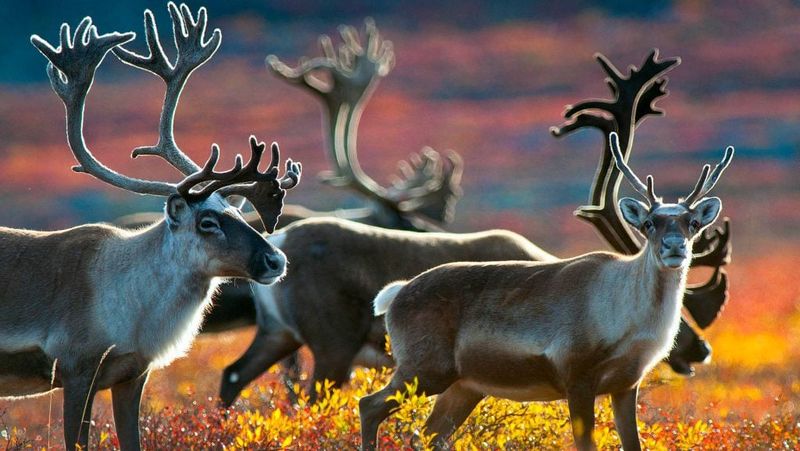
Hugging the coastline of the Beaufort Sea during summer months, these caribou have one of the northernmost ranges. Their proximity to the Arctic Ocean exposes them to harsh weather conditions that can shift suddenly.
Unlike some larger herds, Cape Bathurst caribou maintain relatively short migration distances. Resource development in the Mackenzie Delta region has created new challenges for their traditional movement patterns and habitat use.
6. Ahiak Caribou Herd
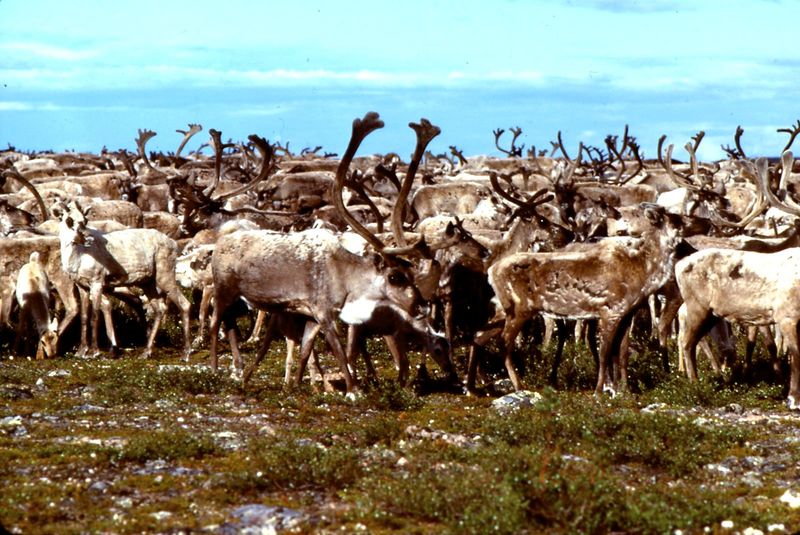
Sometimes called the Beverly herd, these caribou traverse some of the most remote wilderness in North America. Their calving grounds near Queen Maud Gulf provide critical habitat away from most human disturbances.
Ancient inuksuit (stone landmarks) built by Inuit ancestors still mark traditional caribou crossings used by this herd. Researchers use a combination of traditional knowledge and modern technology to understand their complex seasonal movements.
7. Dolphin-Union Caribou Herd
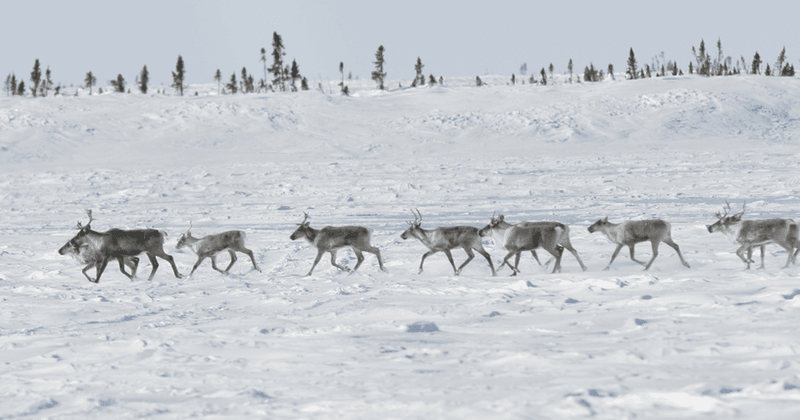
Famous for their unique sea-ice crossings, these caribou wait for the Coronation Gulf to freeze before walking across to Victoria Island. Global warming threatens this remarkable behavior as ice forms later and breaks up earlier each year.
Genetically distinct from other barren-ground caribou, this herd has adapted specific strategies for island living. Their migration across frozen seawater represents one of the most unusual border crossings of any terrestrial mammal.
8. Western Arctic Caribou Herd
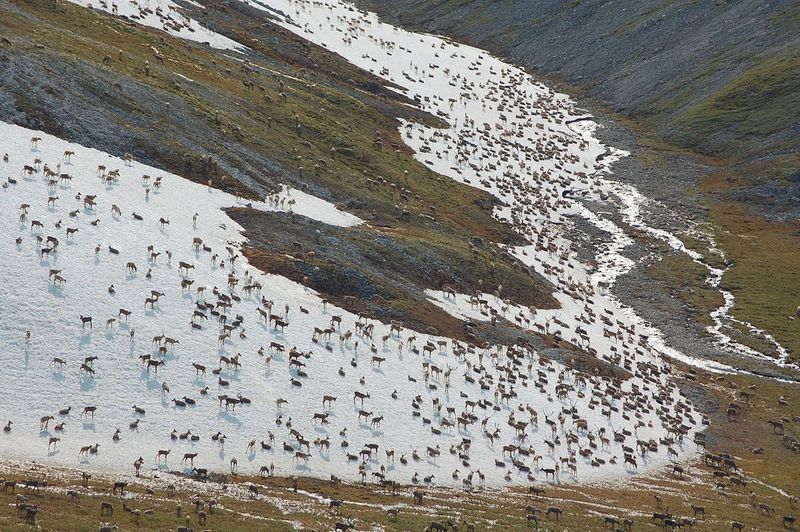
Sweeping across northwestern Alaska in massive numbers, this herd creates a living river of animals visible from space. Their migration corridors span diverse landscapes from coastal plains to mountain passes.
Indigenous communities time seasonal activities around caribou movements, maintaining traditions thousands of years old. Wolf packs follow the herd year-round, creating a predator-prey relationship that shapes the entire ecosystem.
9. Central Arctic Caribou Herd
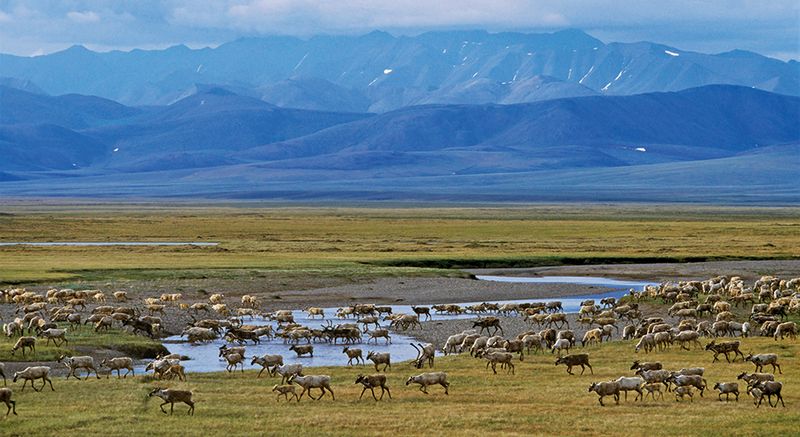
Sandwiched between larger herds, these caribou navigate a landscape increasingly fragmented by oil development. Their migration routes thread between drilling platforms and pipeline corridors that bisect traditional pathways.
Summer brings them to coastal areas where ocean breezes provide relief from biting insects. Pregnant females are particularly sensitive to disturbance during calving season, leading to special management practices in certain areas.
10. Teshekpuk Lake Caribou Herd
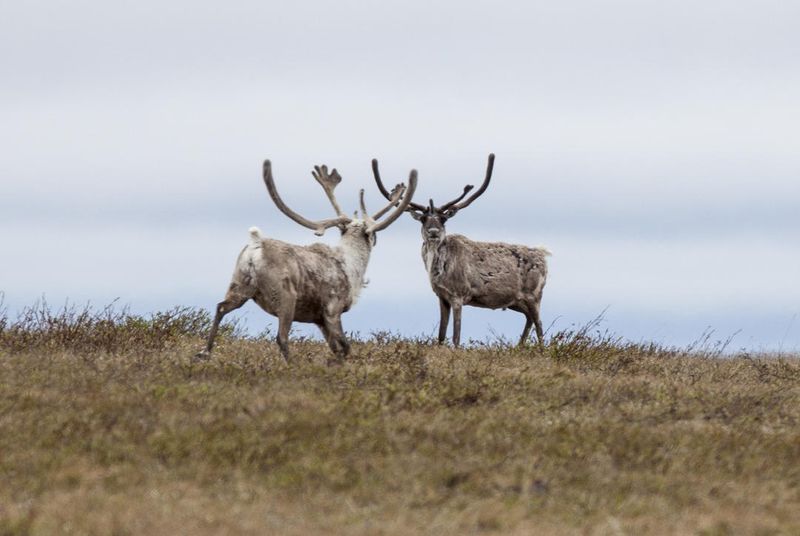
Circling the shores of Alaska’s largest Arctic lake, these caribou have adapted to a unique wetland environment. Summer finds them seeking relief from insects by standing in lake shallows or catching cool breezes on coastal bluffs.
Their circular migration pattern differs from the north-south movements of many other herds. Climate change is affecting the frozen lakes they use as winter travel corridors, forcing adaptations to their traditional routes.
11. Fortymile Caribou Herd
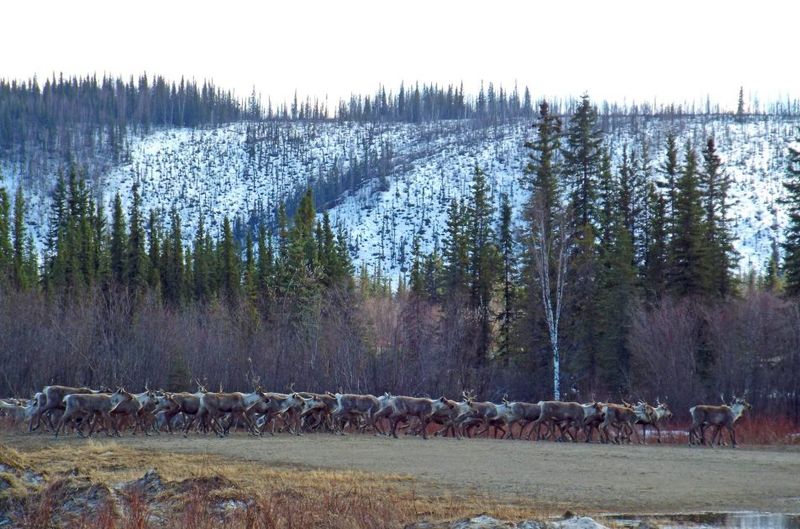
Once the largest caribou herd in Alaska at nearly half a million animals, their population crashed to just 6,500 in the 1970s. Careful management has helped them recover to over 80,000 today as they reclaim historic range between Alaska and Yukon.
Gold miners named this herd after the Fortymile River during the Klondike Gold Rush. Their migration routes take them across the Taylor Highway, creating spectacular wildlife viewing opportunities for travelers.
12. Leaf River Caribou Herd
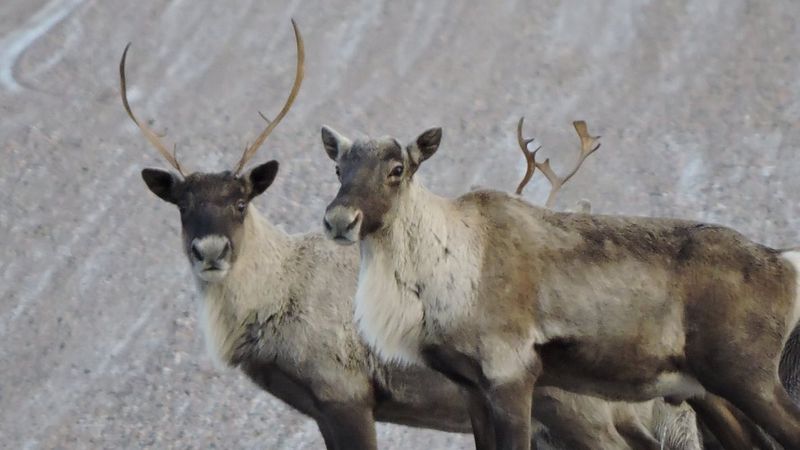
Thriving in the eastern Canadian Arctic, these caribou move between the dense spruce forests of Quebec and the open tundra of Labrador. Their migration routes follow ancient pathways worn into the landscape over centuries.
Innu communities maintain hunting camps along traditional caribou crossings. Unlike western herds, eastern caribou face threats from extensive hydroelectric development that has flooded portions of their range.
13. George River Caribou Herd
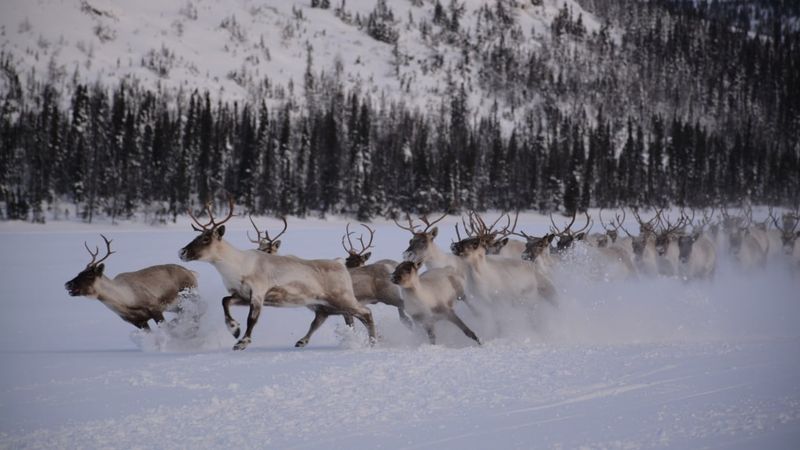
Once the world’s largest caribou herd at 800,000 animals, this population has experienced one of the most dramatic declines of any wildlife group. Today fewer than 8,000 remain, prompting hunting moratoriums and intensive conservation efforts.
Their traditional migration spanned nearly 1,000 miles annually. Elders from Innu, Inuit, and Cree communities preserve stories of times when caribou were so numerous they took days to pass a single point.
14. Qamanirjuaq Caribou Herd

Connecting four Canadian jurisdictions – Nunavut, Manitoba, Saskatchewan and the Northwest Territories – these caribou create biological bridges between ecosystems. Their name means “the place where the river widens” in Inuktitut, referencing important water crossings.
Females dig through deep snow with specialized hooves to reach buried lichen. Their migration routes pass through traditional territories of multiple Indigenous groups who have cooperated on conservation efforts across political boundaries.




